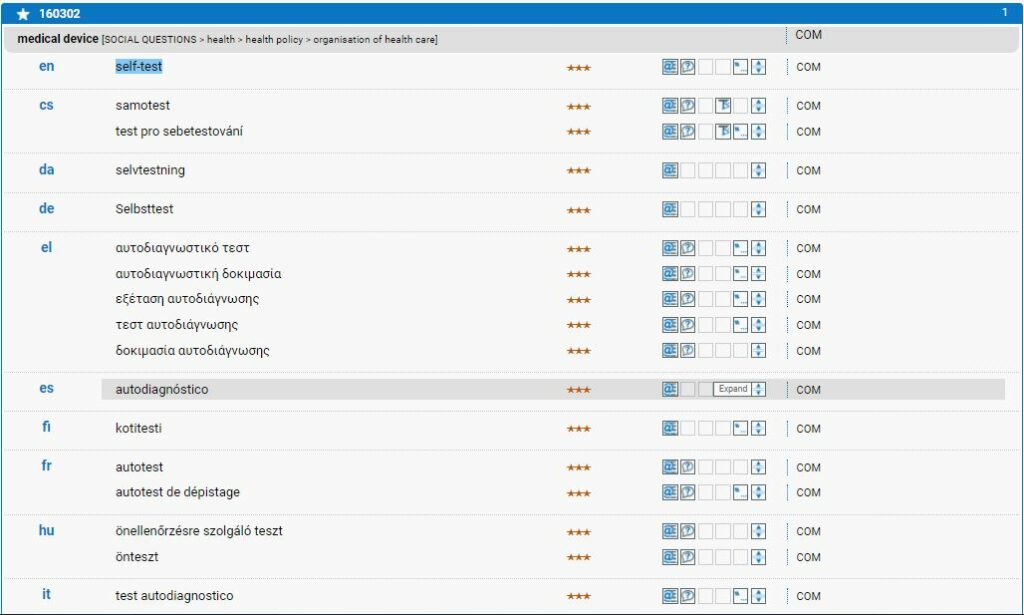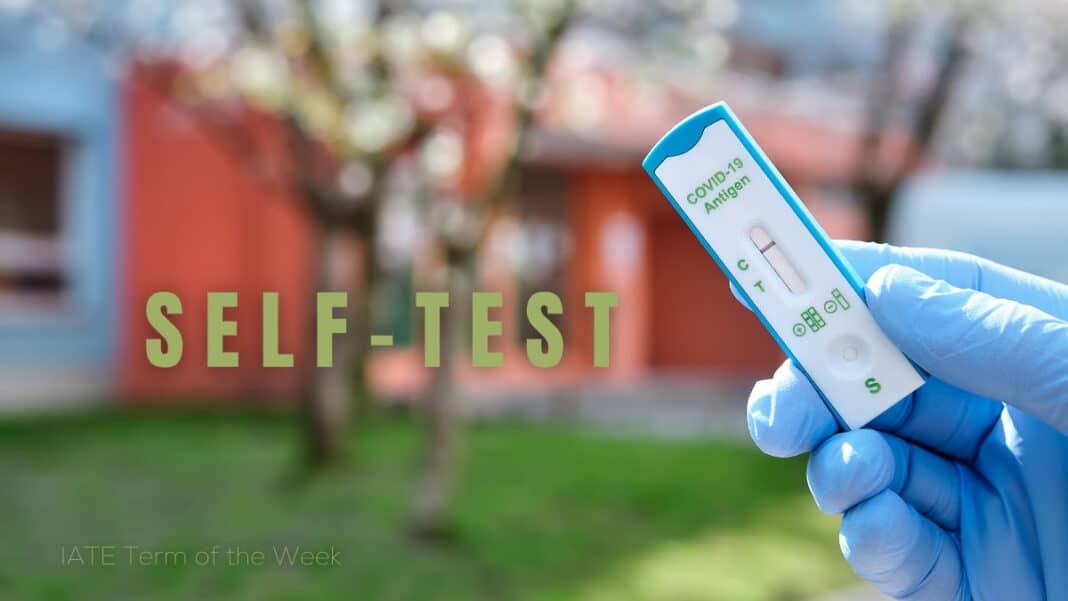The relentless spread of COVID-19 has brought many to resort to self-testing to verify if they have been infected. These types of tests have recently become available in the European Union and in the European Economic Area. As the name suggests, a self-test allows people who are not medical professionals to perform a COVID-19 detection test by themselves.
Self-tests have already been used in the past to detect HIV/AIDS cases. The rapid antigen tests that can be performed by lay people in the EU are composed of:
- a swab to be inserted into your nose and/or throat (depending on the type of test)
- a test strip on which you can read your results
- a sachet containing the liquid in which the sample needs to be transferred
- an extraction tube for mixing the liquid with the sample present on the swab

Self-tests can help contain the spread of COVID-19
The advantages of self-tests are that people can test themselves for a COVID-19 infection easily and obtain their results in just 30 minutes. People can test directly at their houses when they suspect an infection or are regularly in contact with those who are more vulnerable to the virus. Quick results and an easier testing process would encourage people to test more often and, therefore, self-tests could help to contain the spread of COVID-19.
The disadvantages of self-testing
However, there are some disadvantages associated with self-tests. Being in charge of testing themselves, people might not report their positivity to the medical authorities. This would complicate the monitoring of contacts and compromise the accuracy of statistics for COVID-19 cases. Instead, with the testing being done only by medical professionals, obliged to report positive cases to the local authorities, both contact tracing and infection rates can be maintained under control. Additionally, if samples are not analysed by medical professionals, new variants of COVID-19 might risk going undetected for long periods of time.
The European Union is not working only on the distribution of self-tests. The expectations in relation with the Green Certificate, which is supposed to aid restore free movement inside EU borders, are very high. You can find more information in our article about the Digital Green Certificate.
References
European Centre for Disease Prevention and Control, 2021. Considerations on the use of self-tests for COVID-19 in the EU/EEA. ECDC Technical Report, 17 March 2021 [Online]. Available at: https://www.ecdc.europa.eu/sites/default/files/documents/Considerations-for-the-use-of-self-tests-for-COVID-19-in-the-EU-EEA_0.pdf
European Centre for Disease Prevention and Control. 2021. Considerations on the use of self-tests for COVID-19 in the EU/EEA. [ONLINE] Available at: https://www.ecdc.europa.eu/en/publications-data/considerations-use-self-tests-covid-19-eueea. [Accessed 16 April 2021].
HM Government, 2021. Your step-by-step guide for COVID-19 self-testing. NHS Test and Trace. [Online]. Available at: https://assets.publishing.service.gov.uk/government/uploads/system/uploads/attachment_data/file/957271/COVID-19-self-test-instructions.pdf
World Health Organization. 2021. WHO | HIV self-testing. [ONLINE] Available at: https://www.who.int/hiv/topics/self-testing/en/. [Accessed 16 April 2021].

Written by Maria Bruno, Schuman Trainee at the Terminology Coordination Unit. She holds a master’s degree in Translation and a bachelor’s degree in Italian Language and Literature. She is trained in websites and social media management, content writing and SEO. Currently, she is studying for her Diplôme Universitaire in Terminology at the University of Savoie-Mont Blanc.

